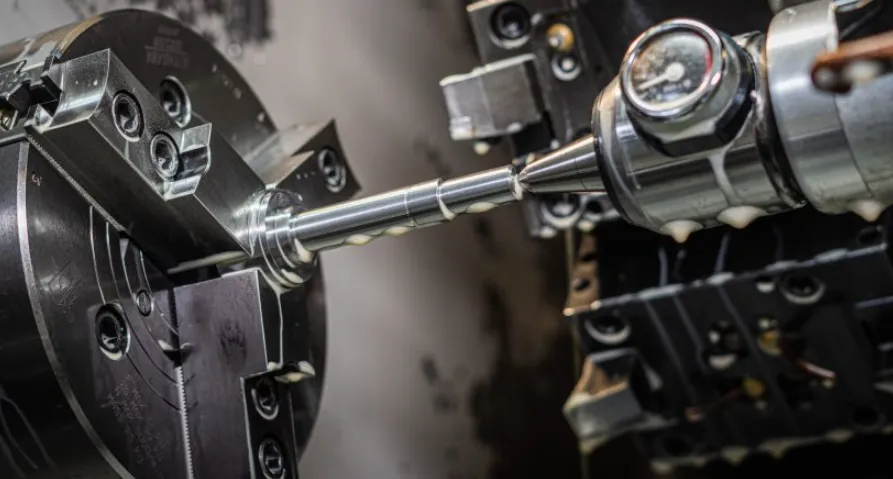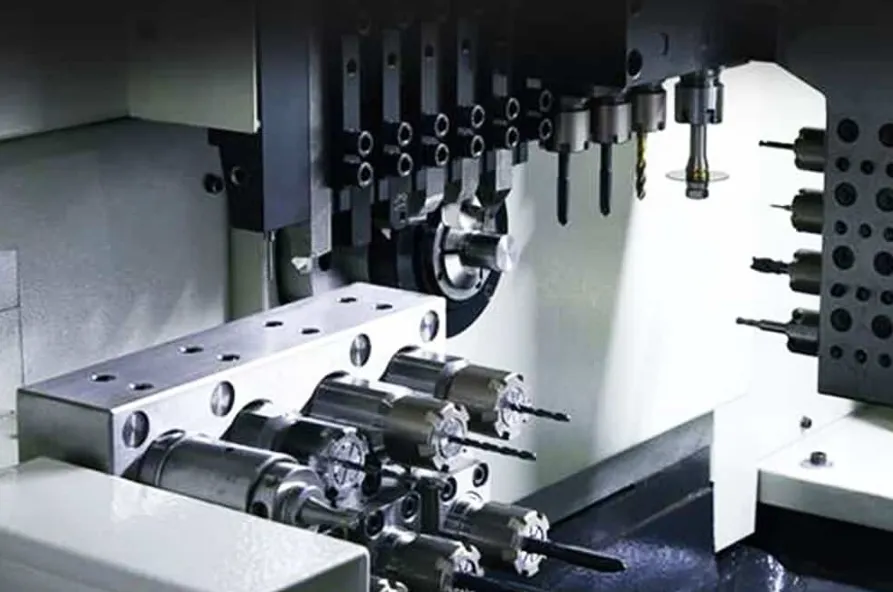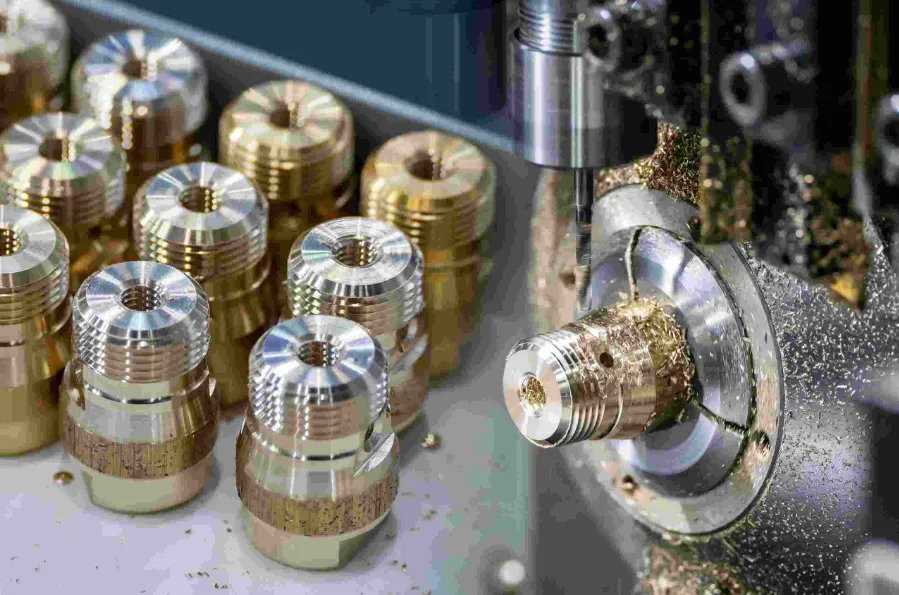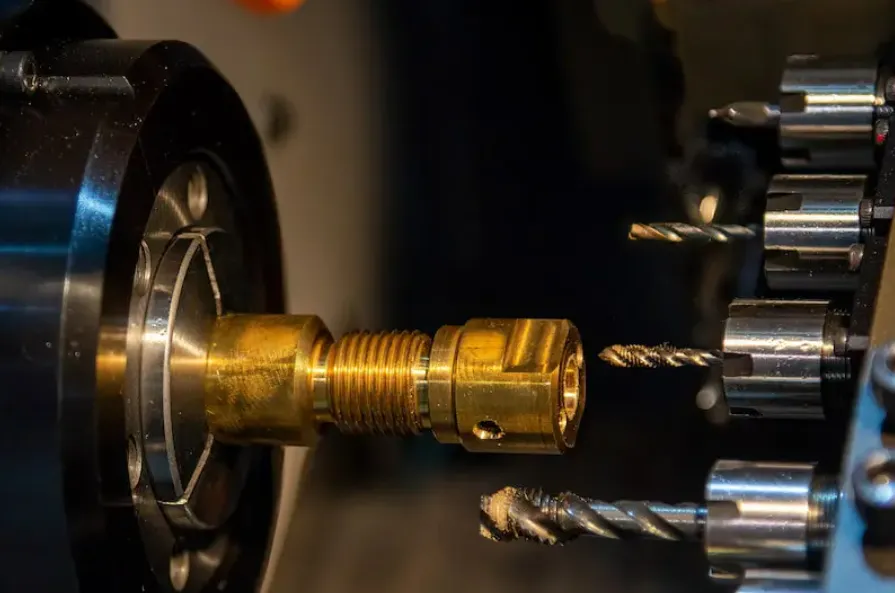Swiss machining is a specialized form of metalworking that excels in producing high-precision components with tight tolerances and intricate geometries. Originating from the Swiss watchmaking industry, this machining technique has evolved to become a cornerstone in various high-precision manufacturing sectors, including aerospace, medical devices, electronics, and automotive industries.
Understanding Swiss Machining
At its core, Swiss machining involves a lathe-like machine where the raw material is clamped between a guide bushing and a chuck. This setup allows the material to be fed precisely into the rotating cutting tool, facilitating the production of slender, long workpieces with consistent dimensions. The guiding mechanism ensures minimal deflection and vibration, which is crucial for maintaining accuracy and surface finish.
Key Features and Advantages
-
High Precision and Tolerance: Swiss machining is renowned for its ability to produce parts with extremely tight tolerances, often within micrometers. This precision is essential for applications where even minor deviations can lead to significant performance issues.
-
Complex Geometries: The process supports the creation of complex shapes and intricate designs that would be challenging or impossible with traditional machining methods. Features such as threads, grooves, and fine details can be achieved with ease.
-
Efficiency in Mass Production: Swiss machines are highly efficient for producing large quantities of identical parts. The continuous feed mechanism and automation capabilities reduce cycle times and enhance productivity.
-
Superior Surface Finish: The controlled cutting environment and stable setup result in superior surface finishes, reducing the need for additional finishing processes and improving the overall quality of the final product.
-
Material Utilization: Swiss machining optimizes material usage by allowing precise cutting and minimizing waste. This efficiency is particularly beneficial when working with expensive or rare materials.
Applications of Swiss Machining
-
Aerospace Components: Precision-engineered parts like fasteners, bolts, and intricate assemblies that require high strength and reliability.
-
Medical Devices: Components for surgical instruments, implants, and diagnostic equipment that demand impeccable precision and biocompatibility.
-
Electronics: Tiny, complex parts for smartphones, computers, and other electronic devices where space and precision are critical.
-
Automotive Industry: High-precision components such as engine parts, sensors, and electronic modules that contribute to vehicle performance and safety.
Technological Advancements
The evolution of Swiss machining has been significantly influenced by advancements in computer numerical control (CNC) technology. Modern Swiss machines are equipped with sophisticated CNC systems that offer:
-
Enhanced Automation: Automation features reduce manual intervention, increasing consistency and throughput while minimizing human error.
-
Advanced Tooling: High-precision cutting tools and automatic tool changers enable the creation of complex features with minimal downtime.
-
Integration with CAD/CAM: Seamless integration with Computer-Aided Design (CAD) and Computer-Aided Manufacturing (CAM) systems allows for precise programming and simulation, ensuring error-free production.
Challenges and Considerations
While Swiss machining offers numerous advantages, it also presents certain challenges:
-
Initial Investment: The high cost of Swiss machines and tooling can be a barrier for small to medium-sized enterprises.
-
Operating Expertise: Skilled operators and programmers are essential to fully leverage the capabilities of Swiss machining, necessitating specialized training and expertise.
-
Maintenance Requirements: The precision nature of Swiss machines requires consistent maintenance and calibration to ensure ongoing accuracy and performance.
Future Outlook
The future of Swiss machining is poised for continued growth, driven by the increasing demand for high-precision components across various industries. Innovations such as additive manufacturing integration, smart manufacturing with IoT connectivity, and the development of more versatile and adaptable machines will further enhance the capabilities and applications of Swiss machining.
In conclusion, Swiss machining stands as a pivotal technology in the realm of precision engineering, offering unparalleled accuracy, efficiency, and versatility. As industries continue to push the boundaries of what is possible, Swiss machining will undoubtedly remain at the forefront, enabling the creation of the next generation of high-performance components.








